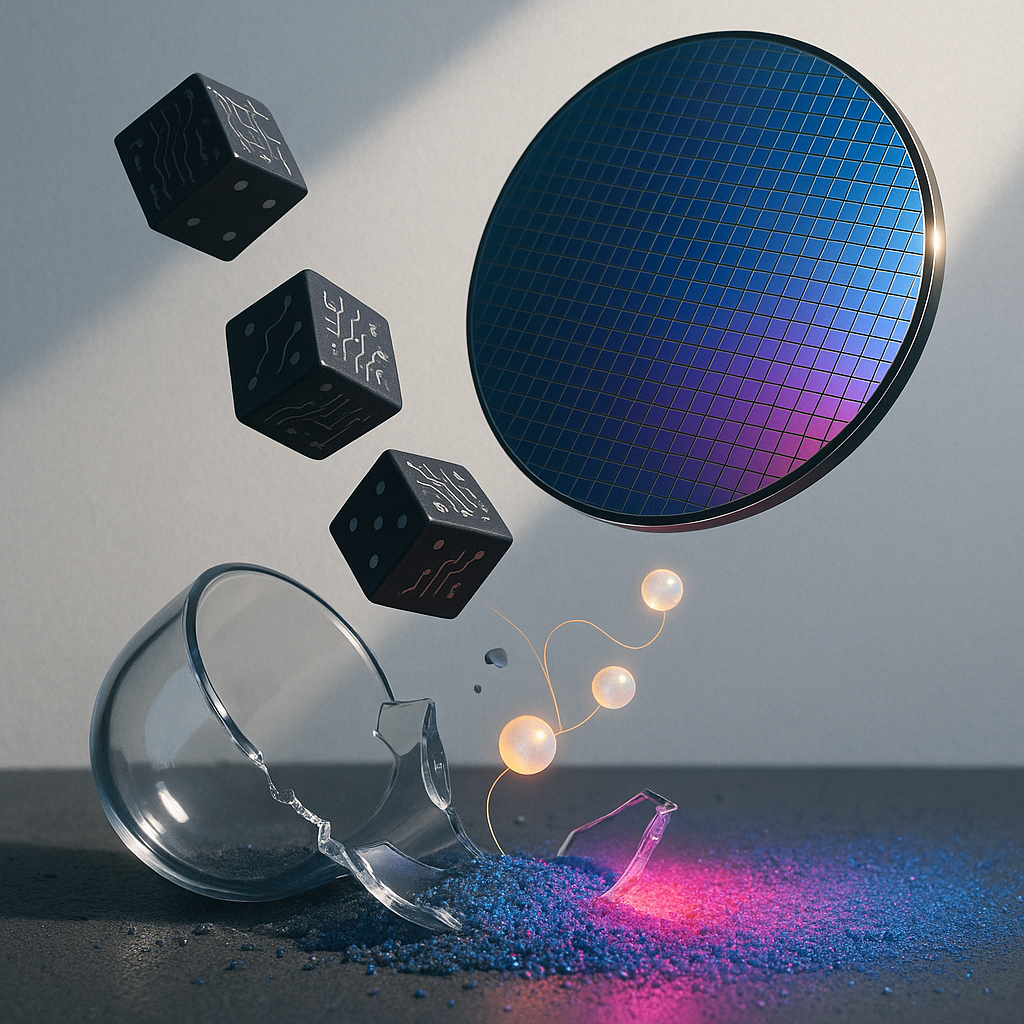Quantum Error Correction Advances Push Fault-Tolerant Computing Toward Reality
Published Nov 16, 2025
Between 2025-11-02 and 2025-11-12 the quantum computing field reported multiple QEC advances: DARPA selected QuEra and IBM for Stage B of its Quantum Benchmarking Initiative on 2025-11-06, awarding up to US$15 million over 12 months each to validate paths toward fault-tolerant systems with QBI targeting “computational value exceeds cost” by 2033; Princeton on 2025-11-05 demonstrated a tantalum-on-silicon superconducting qubit with coherence >1 ms (≈3× prior lab best, ≈15× industry standard); ECCentric published on 2025-11-02 benchmarking code families and finding connectivity more important than code distance; BTQ/Macquarie published an LDPC/shared-cavity QEC method; IBM revealed its Loon chip on 2025-11-12 and expects Nighthawk by end-2025 with possible task-level quantum advantage by late-2026. These developments lower error-correction overhead, emphasize hardware–code co-design, and point to near-term validation steps: QBI Stage C, public Loon/Nighthawk metrics, and verification of logical-qubit lifetimes.
